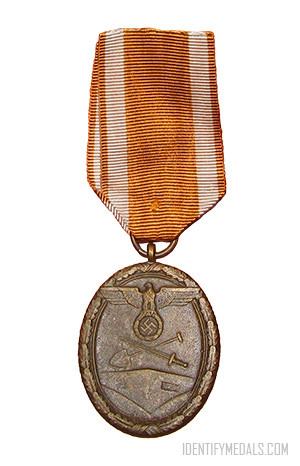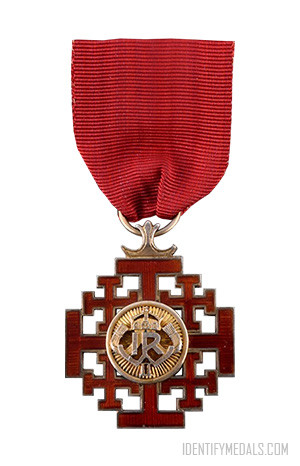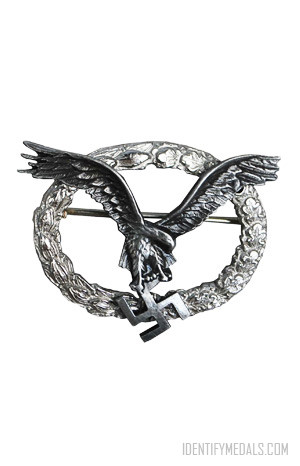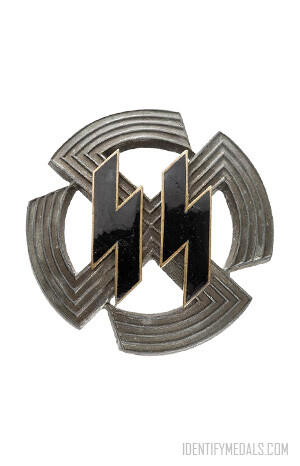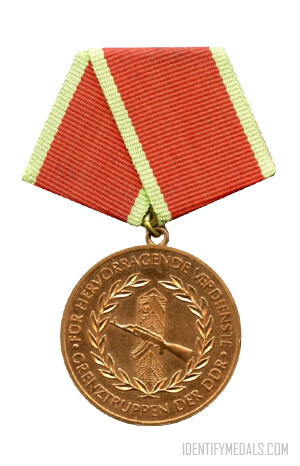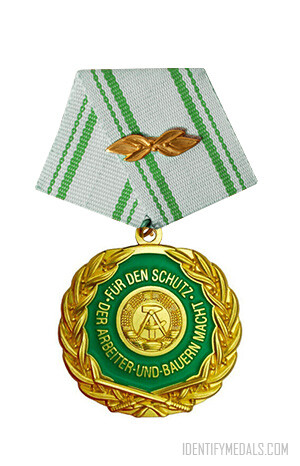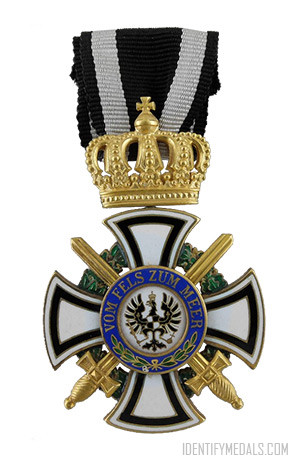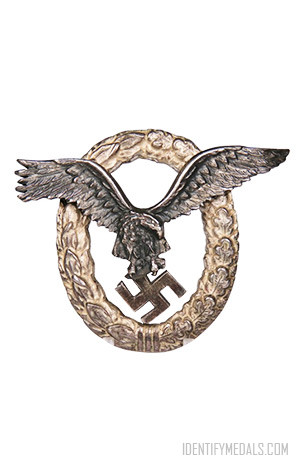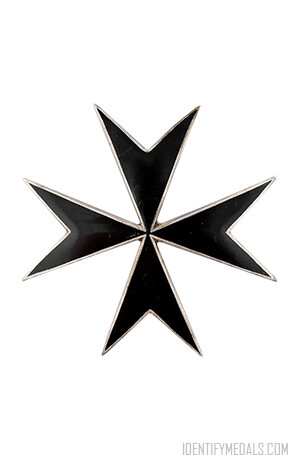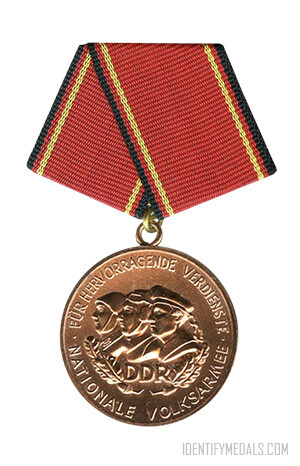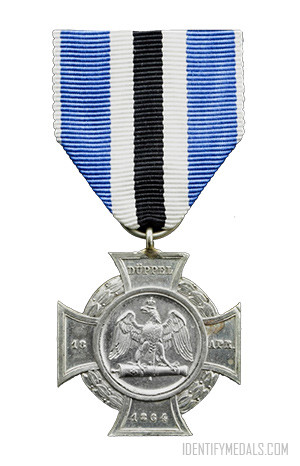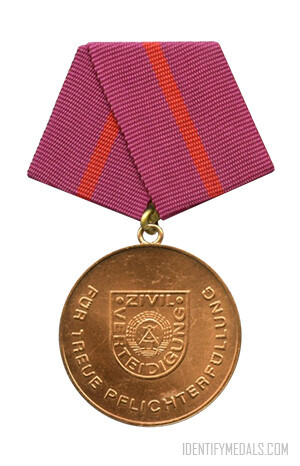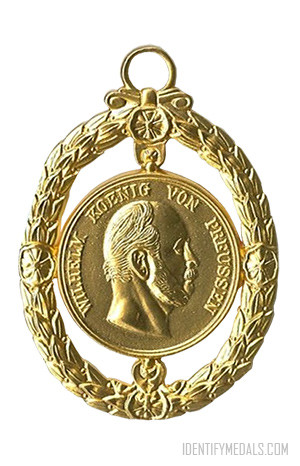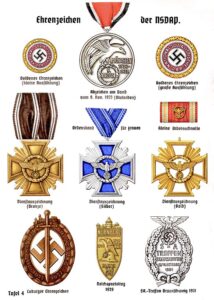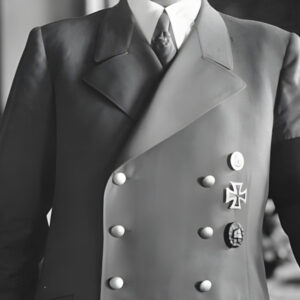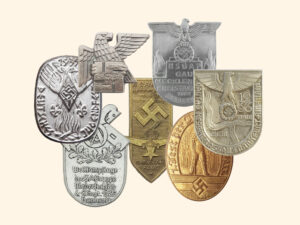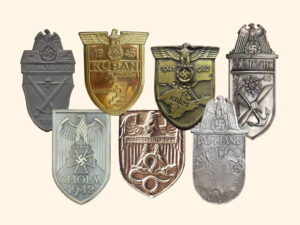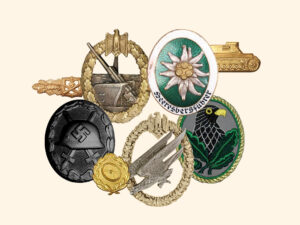- Time Period: Nazi Germany (Interwars Period, World War II)
- Institution: 2 August 1939
- Country: Germany
The West Wall Medal (or Deutsches Schutzwall-Ehrenzeichen in German) was a political decoration of Nazi Germany instituted on 2 August 1939.
The medal was given to those who designed and built the fortifications on Germany’s western borders, known as the West Wall or, in English, the Siegfried Line. It was also goven to the troops who served there between 15 June 1938 to 31 March 1939.
A total of 622,064 medals were awarded until 31 January 1941. In 1944, the medal was again re-instituted after the allied invasion and awarded to those who took part in the fortification of the western borders. By the end of the war, it had been awarded to over 800,000 men.
The West Wall Medal Design
The West Wall Medal is struck in bronze and of oval shape. It features on the obverse (from bottom to top) a bunker, a crossed sword and shovel, and the German Eagle. On the reverse it bore the inscription “Für Arbeit zum Schutze Deutschlands” (For Work on the Defenses of Germany).
The medal was designed by Professor Richard Klein, of Munich. The ribbon is golden brown with a white stripe towards each edge.

